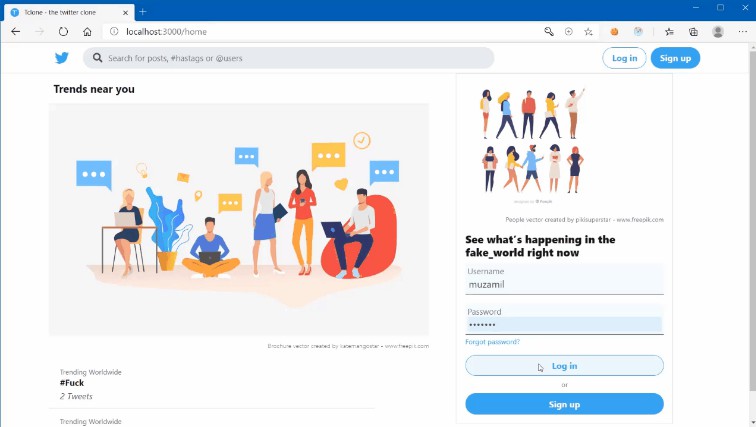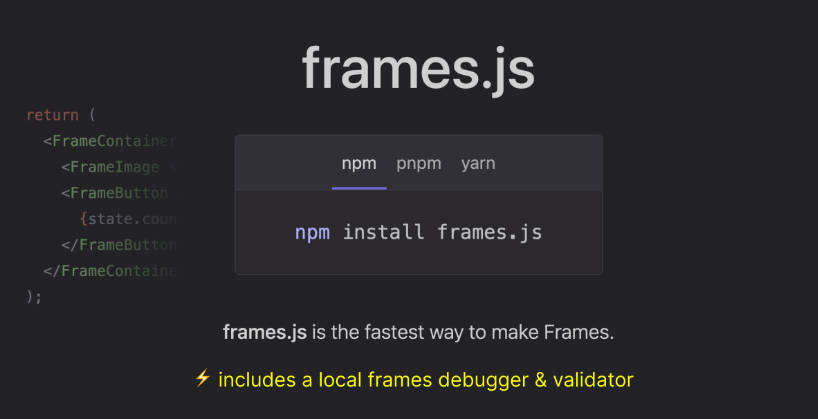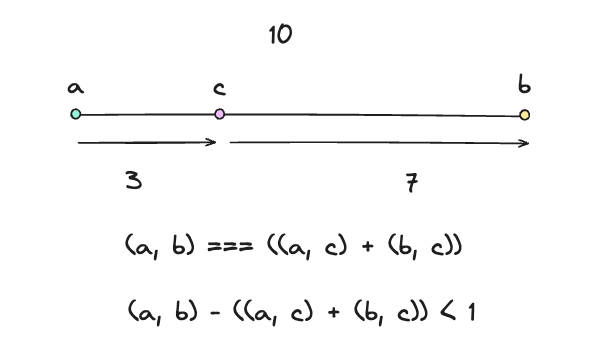React v18 TypeScript
A simple template to start your new React v18 TypeScript project. It includes some of the most used features for a React TypeScript initial project.
Features
- React v18 TypeScript
- React Router DOM
- ESLint
- Styled Components
- Recoil
- Jest
- Cypress
- Husky
- Webpack
- Babel
- GitHub Actions
How to use
Just click in Use this template in order to start your new project with this code.
Install dependencies
After that, change directory into the project:
cd react-18-typescript/
and run
yarn
in order to install packages dependencies.
Husky
Run
yarn prepare
in order to install Husky. And, if the hooks don’t work, you have to make them executable by running
chmod +x ./husky/pre-commit
# and
chmod +x ./husky/pre-push
or delete both of them and then run
npx husky add .husky/pre-commit "yarn lint-staged"
# and
npx husky add .husky/pre-push "yarn test:cov"
Running
To run the application in the development mode:
yarn start:dev
To run the application in the production mode:
yarn build
# and
yarn start
For Development the application will be available at https://localhost:3000/; Production mode will be at http://localhost:3000/.
Tree Hierarchy
It makes use of the concept of Clean Code Architecture in order to build a more reliable and maintainable application.
.
├── assets
│ └── images
├── components
│ └── Loading
├── pages
│ └── Home
│ ├── context
│ ├── types
│ ├── useCases
│ ├── viewModels
│ └── views
└── shared
This is just an example that I, personally, use. We divide the files as follows:
assets: as the name suggests, here lies all graphic data we may use in our application, like videos, images, svgs, gif…and so on.components: we always think in terms of componentization. By this means, every single component (like a Loading one) we use in several places in our application, we should put it in here and reuse it throughout the code.pages: usually every and each different route will have a different page. Therefore, we divide them into different folders. In this example, we have theHomepage.context: here we make use of React Context if the components in our page need to recall some state that lies in different components on the same page. This prevents us from cascading props.types: every single type we use in our page, we put it all in here.useCases: usually a useCase will have functions that communicate with our servers (like an HTTP request) or some complex objects maneuvers.viewModels: in order for our view to not be static, it must have some definitions and actions, like updating it at some rate; onClick events; websocket events and others. Therefore, here lies all things needed to make the page (the view) dynamic.views: only the UI must exist in this folder. It’s only what the user will see, like HTML and CSS.
shared: every other element that is used by more than one page, subject or component must exist here.





